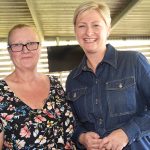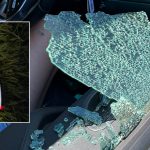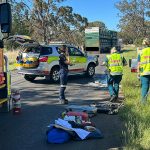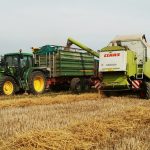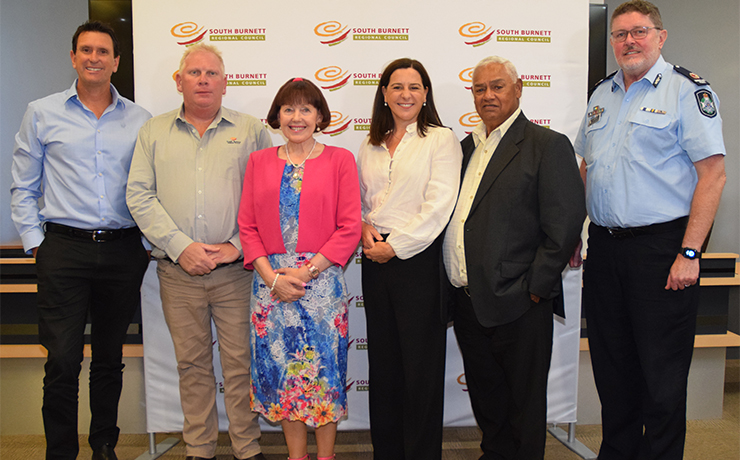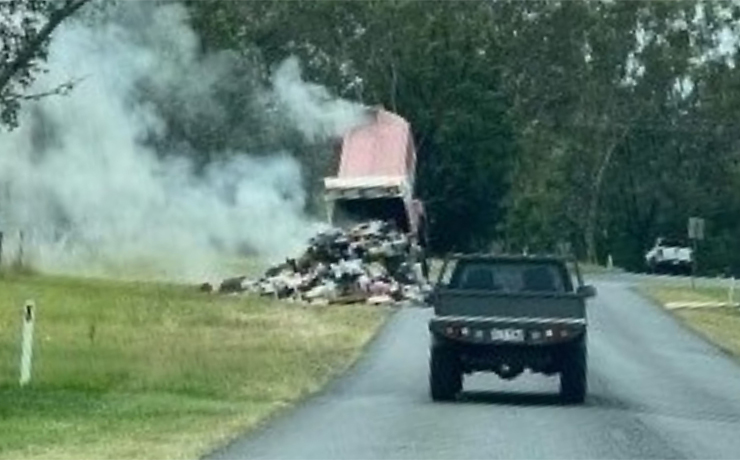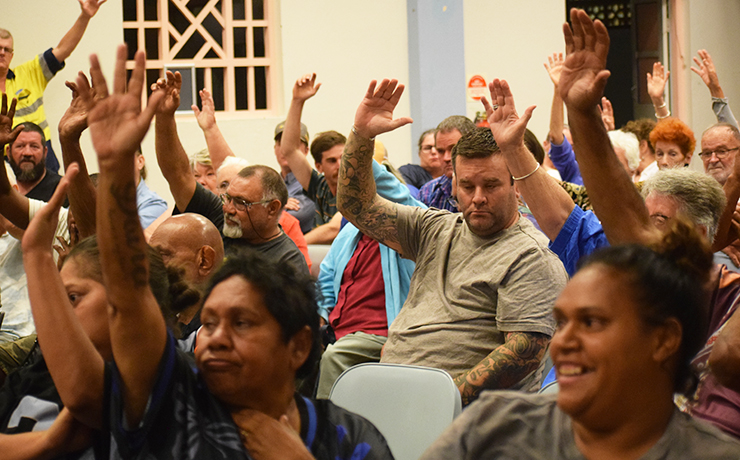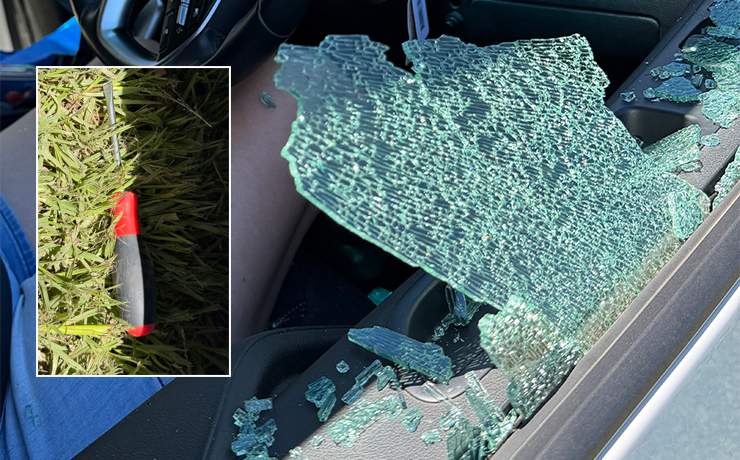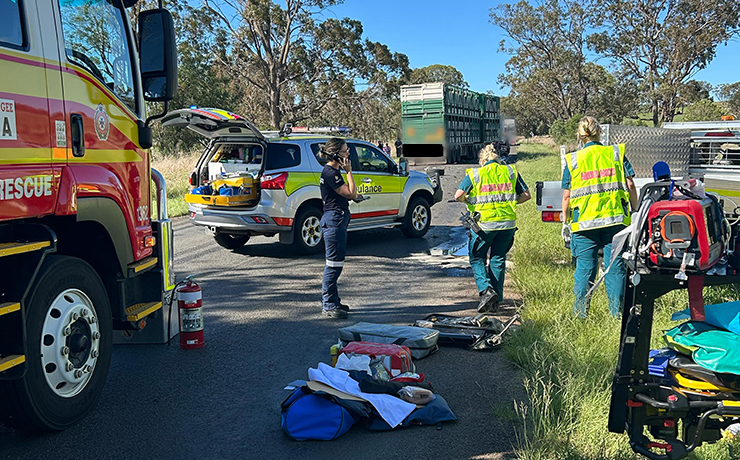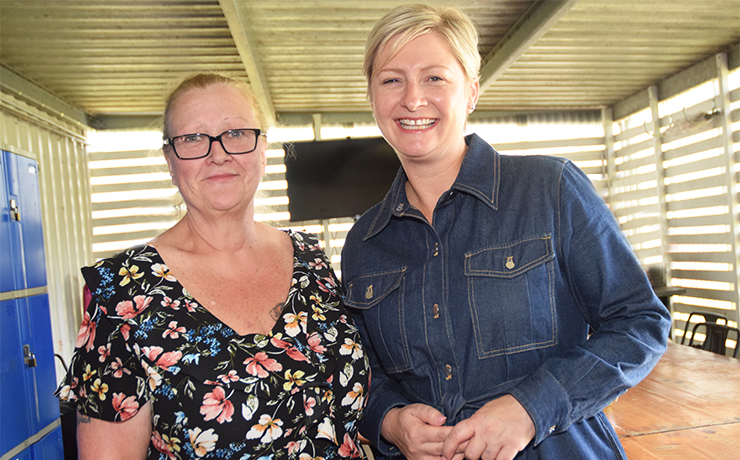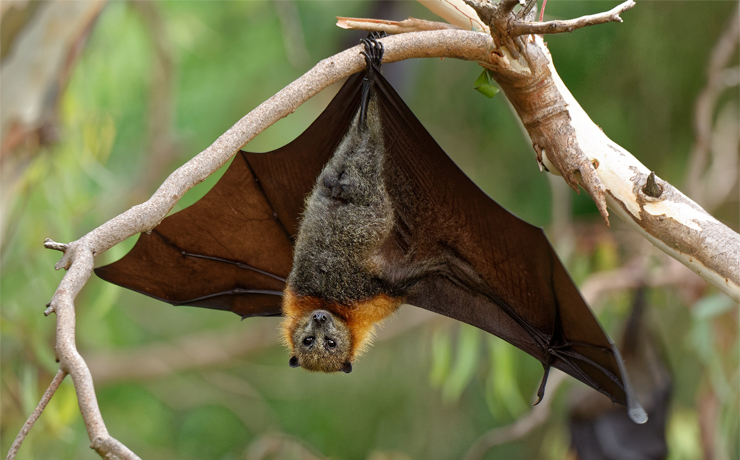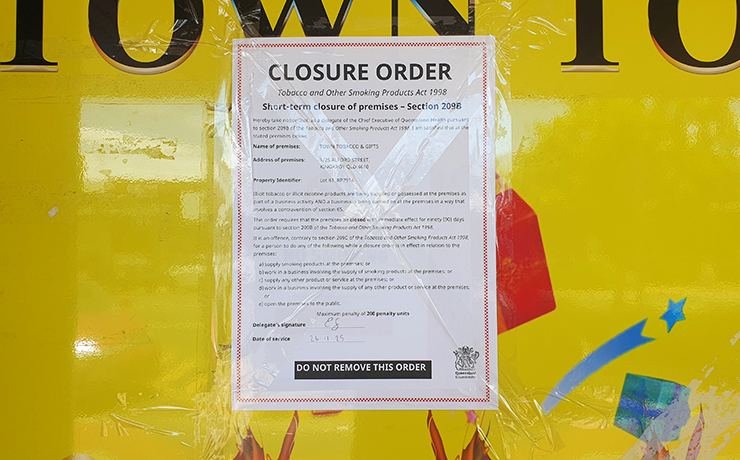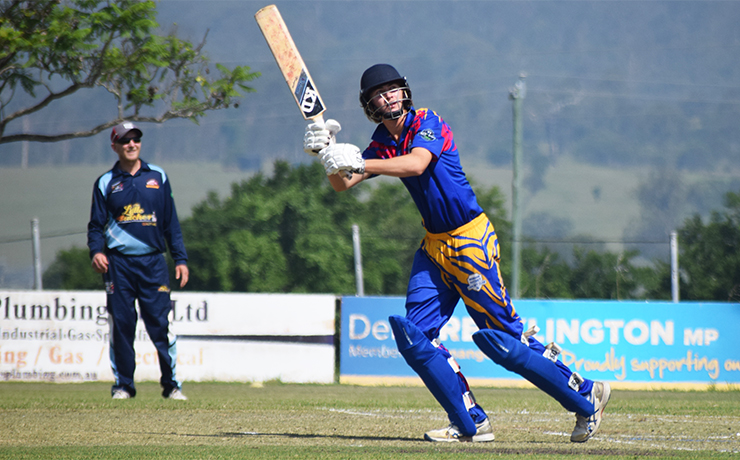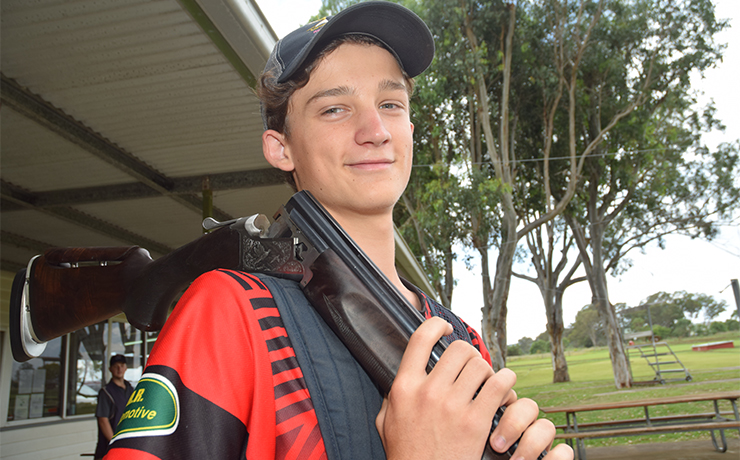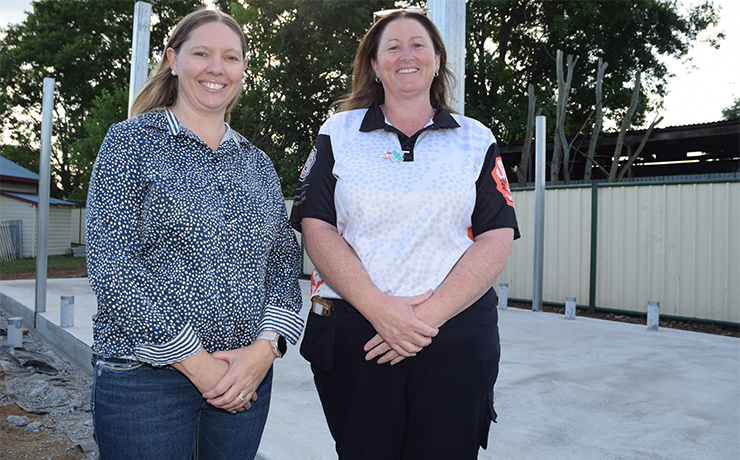July 25, 2022
The COVID-19 death toll in the Darling Downs Health region continues to grow, with three more deaths announced since Friday.
The total number of deaths in the health region – which includes the South Burnett – since the pandemic began now stands at 90.
Queensland Health announced another 6109 new COVID-19 cases across the State on Monday but did not reveal any death statistics.
There have been 11 new COVID-19 cases in the South Burnett Regional Council area since Friday, and 114 in the Toowoomba Regional Council area.
COVID-19 positive cases are also growing in the Aboriginal and Torres Strait community across Queensland, with another 1216 cases reported since Friday, taking the total since the pandemic began to 89,887.
(These are officially recorded figures only; experts have stated the real level of infection across Australia is much higher than the official statistics).
The number of First Nations’ deaths has not been released.
There are currently 1024 people being treated for COVID-19 in Queensland hospitals, including 28 patients in intensive care.
As at July 22, just 64.1 per cent of the eligible Queensland population had received three doses of a COVID-19 vaccine; 92.9 per cent have received two doses.
* * *
The Federal Government’s Infection Prevention and Control Expert Group (ICEG) released an updated fact sheet on Monday in regards to the use of face masks but stopped short of any suggestion that mask-wearing should be compulsory in everyday settings:
“Masks offer protection to yourself and others when other protective measures like physical distancing are difficult to maintain (eg. on public transport). ICEG recommends the use of surgical masks or well-fitting, triple-layered cloth masks for the general public to reduce transmission of COVID-19 and its variants.
“SARS-CoV-2, the virus that causes COVID-19, can be spread between people through exhaled infectious particles, and contact with contaminated surfaces. People with or without symptoms who are infected with COVID-19 can be infectious and transmit COVID-19 to others.
“The risk of transmission of COVID-19 is greatest when a person is close to an infectious source and is exposed to a large concentration of exhaled infectious particles.
“Factors that increase risk of COVID-19 transmission include prolonged or close contact with an infectious person, poorly ventilated indoor enclosed spaces, and by uncleaned, shared surfaces and objects. People who are immunocompromised, unvaccinated or have no past history of COVID-19 may also have an increased risk of acquisition due to lack of immunity.”
External link: Current Face Masks Requirements In Queensland







